Walking the walk
By Alex Robinson, 11th April 2024
How do we measure our own environmental impact? We’re still learning.
We’re an environmental charity focused on having the most impact we possibly can. But when it comes to how we manage and measure our own carbon emissions, we still don’t have all the answers. We hope that sharing our progress in public could be of some use to others: it’s easy to think everyone else has got it nailed, but don’t be fooled - most of us are figuring things out as we go along.
At Hubbub, what gets us out of bed in the morning is the fact that we give a damn about the environment. And having it embedded as one of our values meant that as a young charity with a tight-knit team we could rely on each other to consistently make choices that considered environmental impact, from choosing a green pension provider to day-to-day purchasing decisions.
We’re bigger now – 60 people and counting – and as our influence increases, so does our impact and responsibility. In 2022, we committed to measuring and reducing our own environmental impact, and sharing our progress as we went.
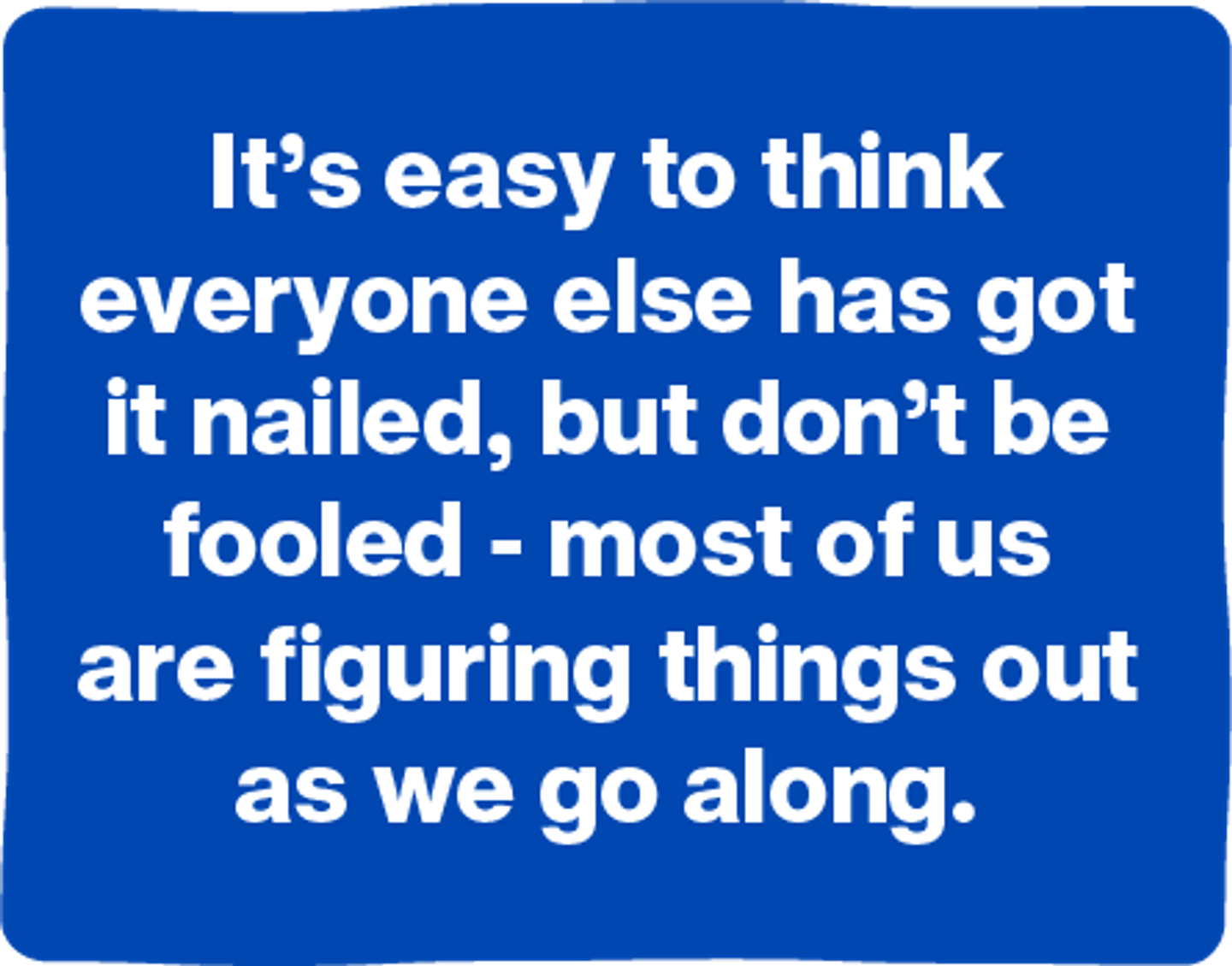
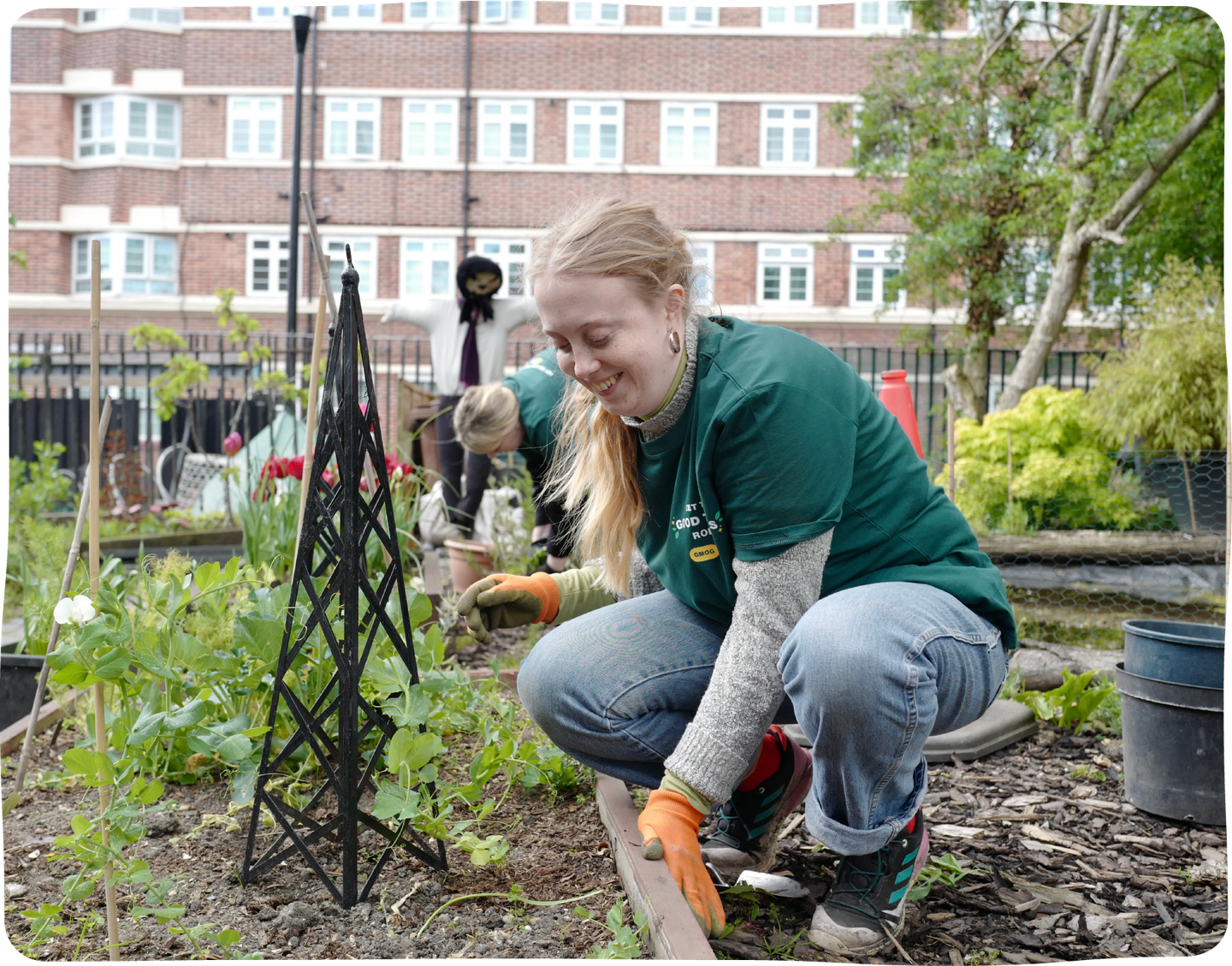
Down for the count
Our work at Hubbub could broadly be called ‘services’. So most of our emissions are Scope 3, meaning they’re indirect. These emissions are from services that we buy from others, like video production or PR. For smaller organisations like ours, getting accurate data from suppliers is difficult and patchy.
Often, we have to rely on spending data as a crude proxy for emissions. In other words, we track how much we spend on a certain service and use industry averages to estimate emissions. This is the kind of imperfect trade-off that’s hard to avoid.
Our solution was to find a carbon calculator that was simple enough to work with the limited data we had but detailed enough to break down our spending into useful categories. We chose Green Element’s Compare Your Footprint, which is built for small businesses and uses the Greenhouse Gas Protocol to create a clear and actionable report of emissions.
The tool helped us to pinpoint exactly where we were generating the most emissions – things like manufacturing our Ballot Bins, producing our campaign materials, travel, shipping, and even our digital activity. It helped us see the impact of smart switches, such as using electric vehicles to ship the Ballot Bins, and the positive impact of some choices we’re already making, like buying refurbished IT equipment and supporting our team to choose sustainable travel options.
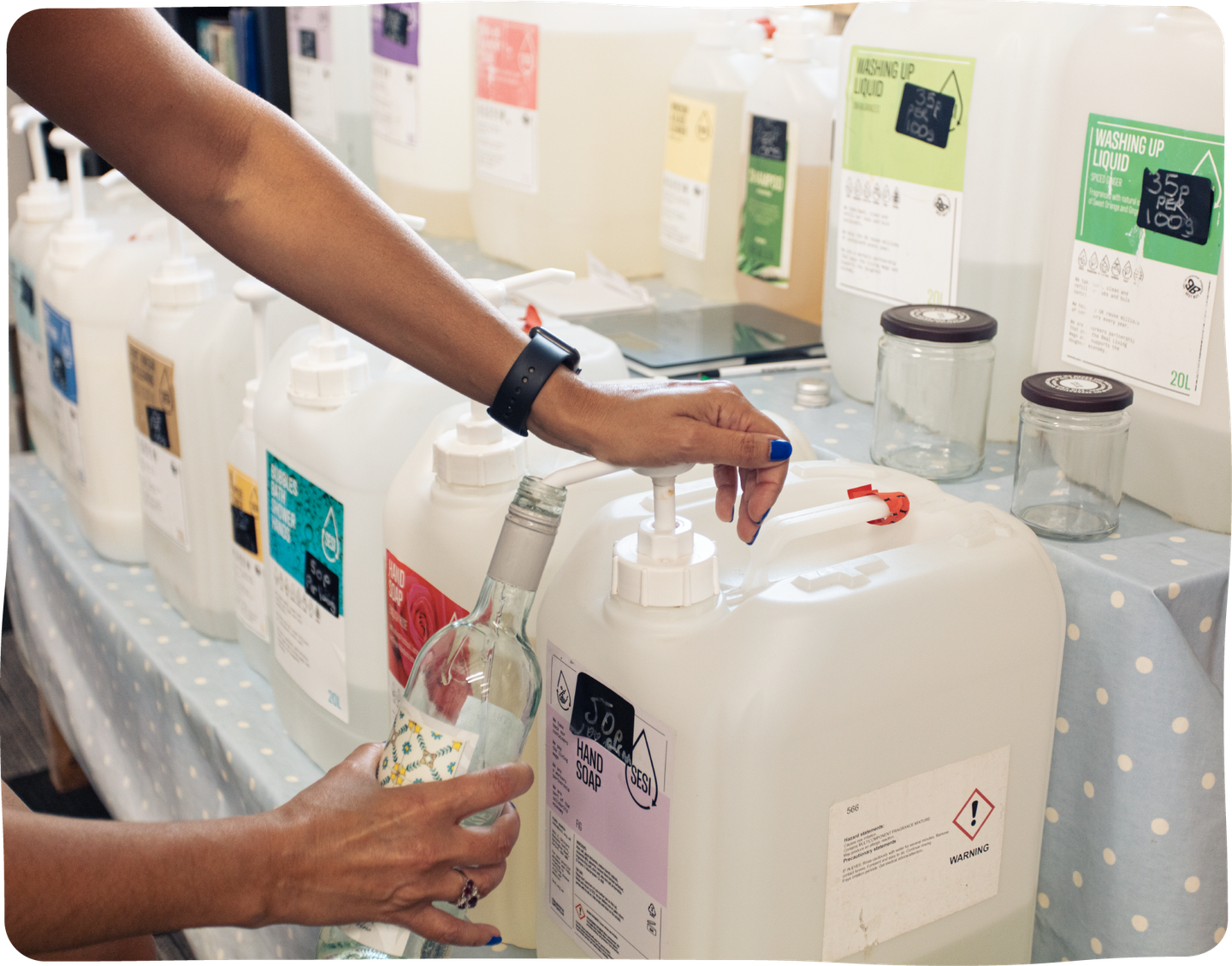
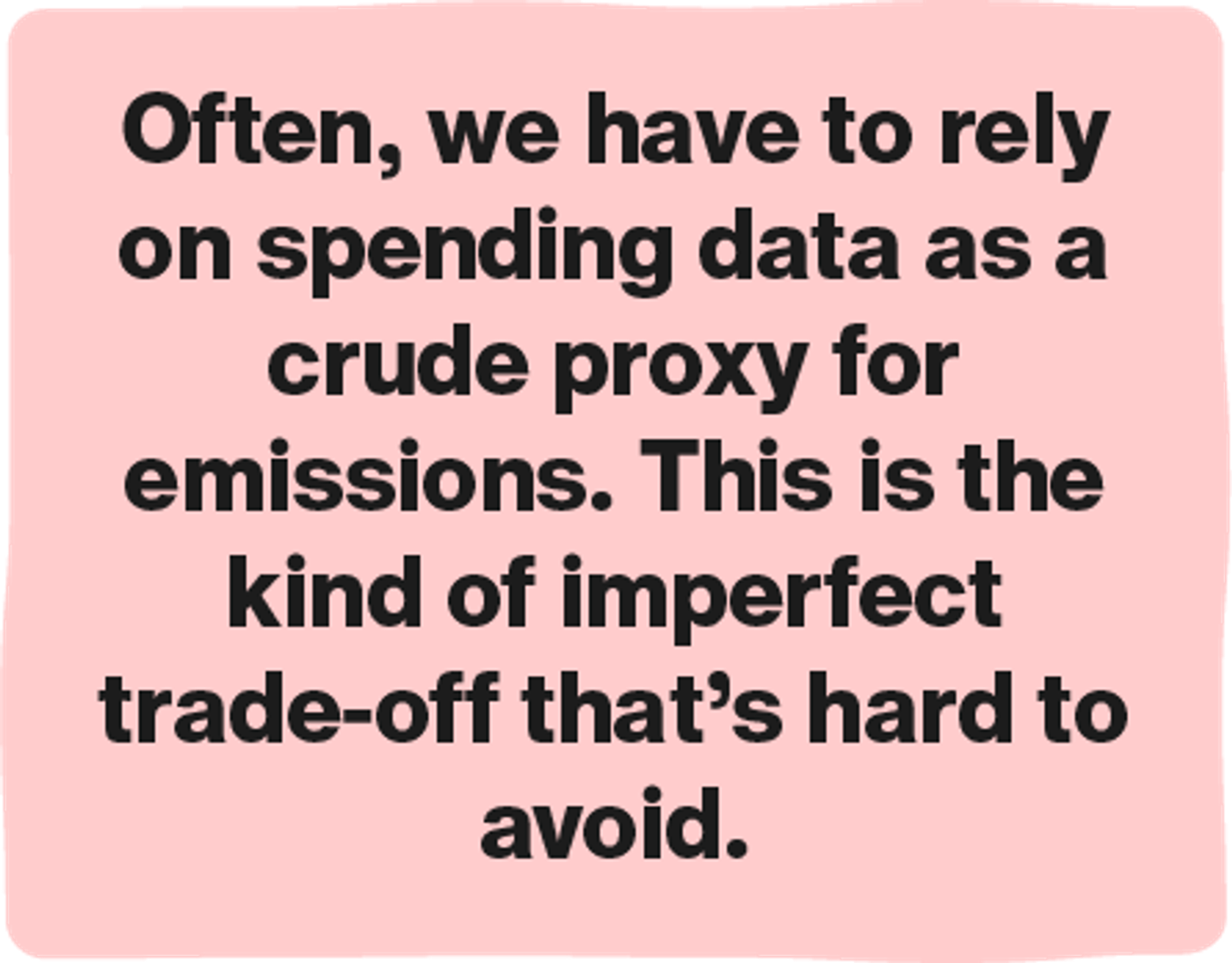
Blinded by science-based targets
Right now, the data and tools available make it tricky to set truly science-based reduction targets. And using just spend data can be misleading. For example, if we switched to a more ethical – but more expensive – supplier, our calculations might show higher emissions even though our overall impact is actually lower.
So, we’re taking a step-by-step approach: focused on action-based targets for now with a view to setting science-based ones in future. Our key actions? Gather more accurate data on areas where we have the biggest environmental impact, and switch to suppliers who are working hard to reduce their own footprint.
What we’re not doing is offsetting. There’s a much wider debate to be had about the role of offsets but for us, primarily, we don’t want to be distracted from making real reductions, and believe that the money we’d spend on carbon credits is better used on insetting. This means investing in ways to directly reduce our emissions and get closer to zero, rather than trying to balance the scales.
Scores on the door
We’ve just updated our carbon footprint for the second year and it’s worth a closer look. At first glance it’s incredible news: in a year when income and expenditure both grew by about 75%, our total tonnes of CO2 equivalent (tCO2e) emitted are down by 33%!
Dig deeper, though, and you’ll see that the main cause of the reduction is not shifting suppliers or implementing new policies. It’s entering more accurate data into the calculator, and relying less on our spend data. The calculator itself has also improved, allowing us to get more representative industry averages for various categories of emissions. The devil is very much in the detail.

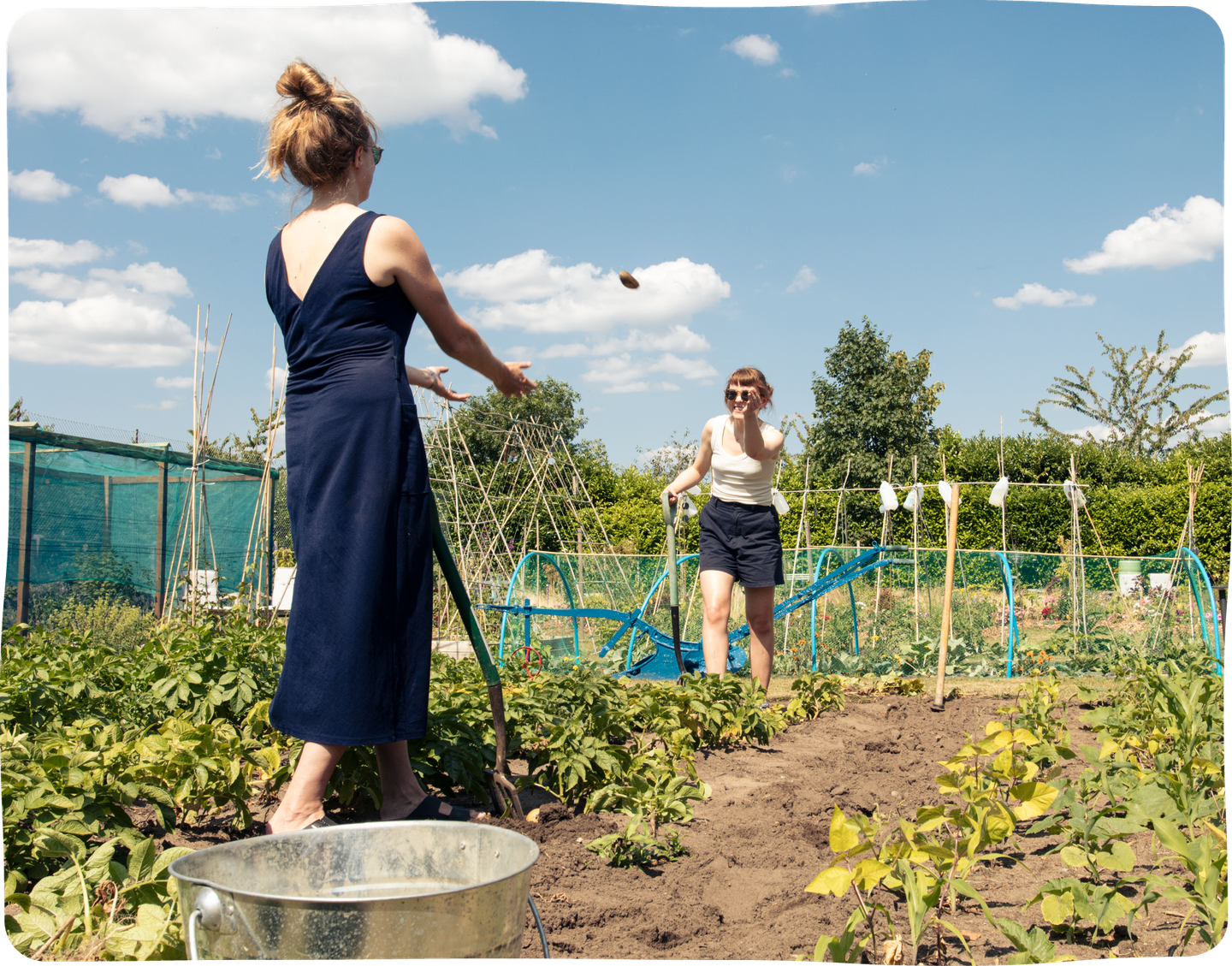
So, what's next?
We’ve learned a huge amount from working through this process. And we’re finding that it’s prompting great questions. For instance, if we want to switch to a greener, but less established bank, what features are we willing to compromise on? Because behind that question lies a deeper one: how do we balance minimising our own environmental impact with maximising our ability to create more impact in the world?
There aren’t easy answers, but I hope that by sharing our thinking and progress we can help other small- and medium-sized organisations as they wrestle with the implications of their environmental commitments.
We’ll be back with an update next year. In the meantime, do check out our recent impact report to see the change we’re making, and if you have feedback or a challenge to our approach, I’d love to hear it.
Are you a business that wants to collaborate?
If you have a challenge to share, or want to get involved with our work, we'd love to hear from you.
Want to stay in the loop?
Sign up to our newsletters to be the first to know about new campaigns, launches, tips, research and environmental news. You’re in for a treat.
